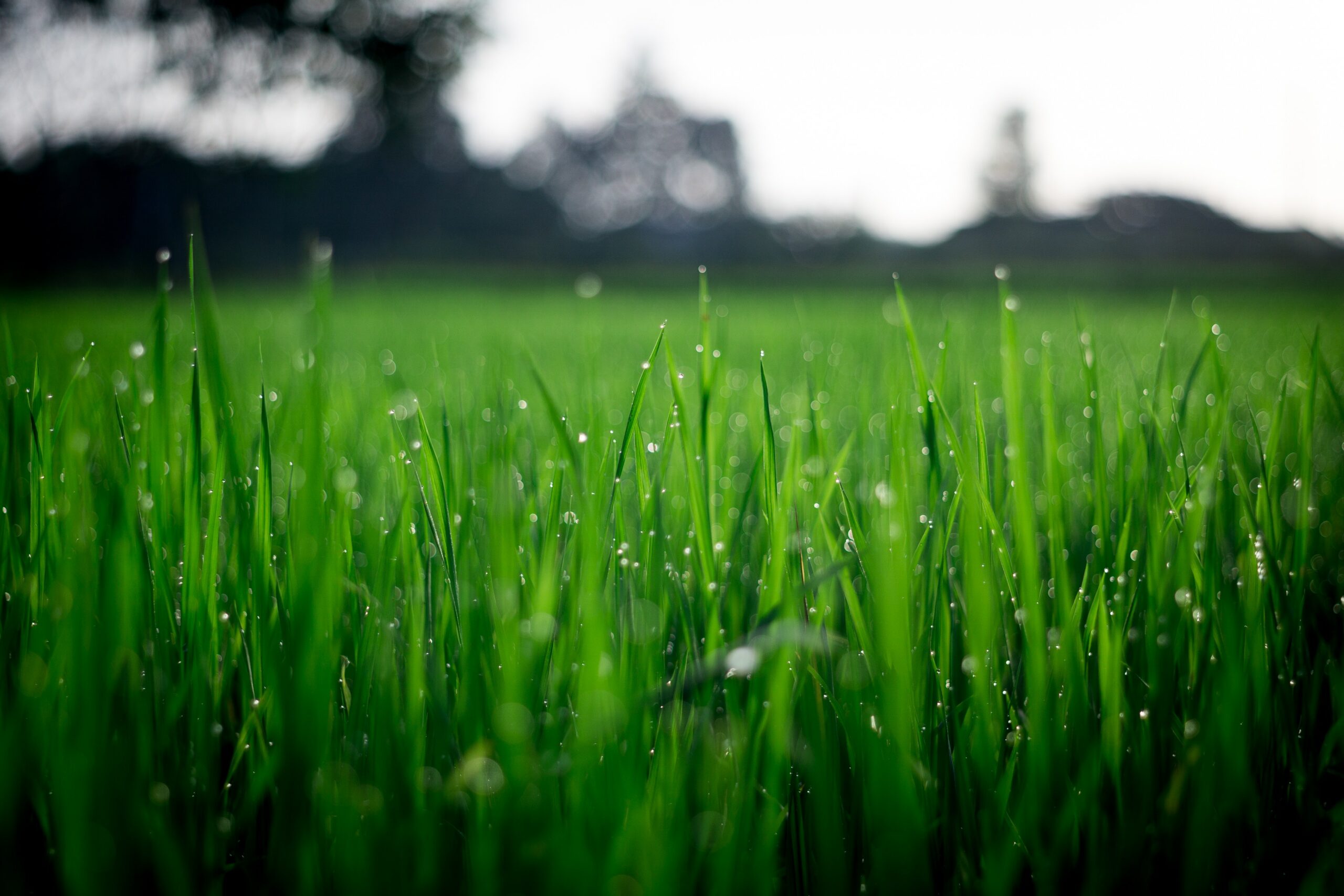Selecting a turfgrass species for your lawn? Consider these cool-season seeding options

MACOMB, Ill. — The garden center shelves are bursting with bags of lawn seed, but is it the right time to sow that seed? It doesn’t hurt to overseed in the spring but there are a few reasons why to wait until late summer to early fall:
- The soil is cold, so germination is not optimum.
- We’re going into summer, a stressful time for a cool-season lawn.
- Predation of seed from wildlife is higher coming out of winter.
I often say sod in the spring and seed in the fall, but maybe you have some damaged areas to fix or want
to fill in a thin lawn. Following are different types of cool-season turf and their ideal uses whether you’re
seeding in the spring or fall.
Kentucky bluegrass
A staple species of turfgrass that has been around for generations. Kentucky bluegrass is used in fair to
high quality lawns. An advantage of this species is its ability to recover from damage. Bare spots in the
lawn will over time fill back in as this grass spreads via underground rhizomes. Kentucky bluegrass also
has a good drought defense.
When the summer gets hot and dry, this grass will go dormant to protect the plant so when cooler temperatures and rains return, it will green back up. A drawback of Kentucky bluegrass is its poor germination rate compared to other lawn species, making it slow to establish from seed. Kentucky bluegrass grows best in a full sun lawn.
Perennial ryegrass
Another classic species, perennial ryegrass has often been mixed with Kentucky bluegrass because their texture and color are very similar. Perennial rye compliments Kentucky bluegrass because it has a very good germination rate. Perennial rye is a bunch grower which means it will not spread via runners to fill in bare spots. It is also fairly short-lived, allowing the longer-lived Kentucky bluegrass to eventually take over.
I often recommend those needing to fill in a bare spot quickly to seed with perennial rye but to return in the late summer to early fall and seed a longer-lived species. Perennial ryegrass will tolerate partial sun but will grow best in full sun.
Turf-Type Tall Fescue
Once a grassy weed, plant breeders have turned this species into a reputable turfgrass. Turf-type tall
fescue has been bred from tall fescue to have a finer texture and better green color that is similar to
Kentucky bluegrass. Turf-type tall fescue (often shortened to tall fescue) has a more extensive root
system that allows this plant to extract more water from the soil, which means it is less reliant on
irrigation systems.
Like perennial rye, tall fescue has a bunching growth habit, so it will not spread overtime to fill in bare spots. However, its drought tolerance and resilience have propelled this grass to be very popular in the turf industry. Tall fescue can tolerate some shade, but it still needs at least four hours of direct sunlight each day.
Good Growing Tip of the Week: Got a few bare spots in the lawn to repair? Try mixing your lawn seed
with a 50/50 mix of compost and topsoil. Rake up the bare spot and spread the seed and soil mixture.
Miss Clipping Out Stories to Save for Later?
Click the Purchase Story button below to order a print of this story. We will print it for you on matte photo paper to keep forever.

